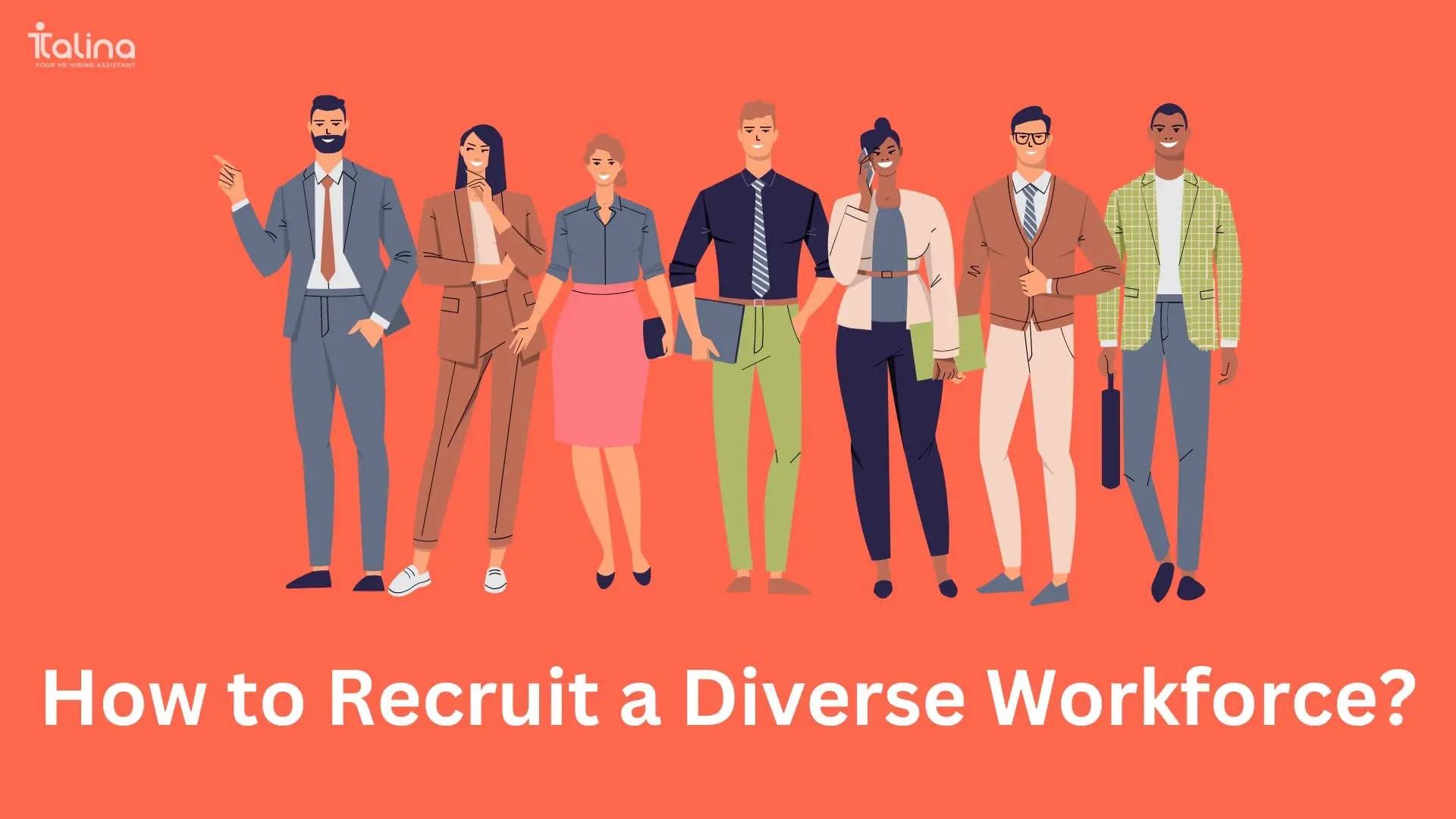Having interviewed numerous hiring managers, spanning from junior roles to CEOs, a recurring challenge has surfaced: the presence of unconscious bias ingrained in the most hiring methods including the most prevalent one—referrals. This issue spans across startups and Fortune 500 companies, impacting all six continents. In this blog, we delve into strategies for implementing an unbiased hiring process to foster a more inclusive and diverse team.
6 Steps to Hire a More Diversified Team
- Define Clear Job Requirements:
-
Hire for Skills and Attitude:
-
Use AI to Eliminate Unconscious Bias:
-
Use Structured Interviews:
-
Diverse customers require diverse teams:
-
Measure your Diversity metrics:
